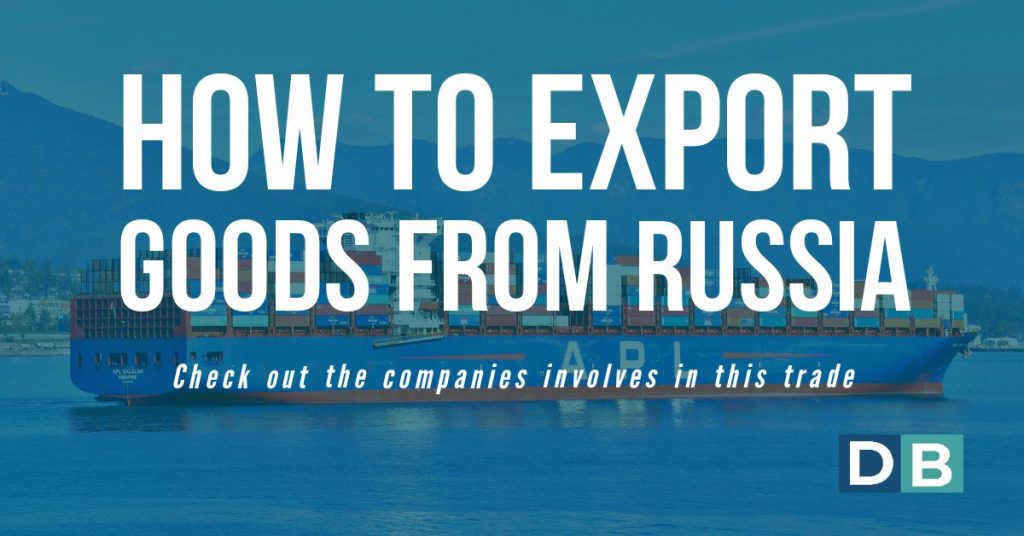How to export goods From Russia
Restrictions:
Exporting mineral ores and semi-precious stones, perishable goods, liqueur, caviar and arms is prohibited.
Exporting precious stones and metals, as well as cultural and artistic goods must have a special authorization.
Export taxes:
Russia has recently increased export taxes and the area they cover.
Now they cover 154 lines of the Harmonized System, with rates which may reach 50%. They mainly concern energy products, ferrous and non-ferrous mineral ores, skins and wood.
Export Clearance:
Any taxpayer of Russia who has a registered trade can engage in import and export of commercial goods in Russia. In Russia, license is required for export of certain goods. These licenses are generally issued by the Ministry of Industry and Trade. Federal Customs Service is the official Russian customs office, which deals with collecting duties, inspect and regulating the flow of hazardous items, into and out of the country, control of foreign trade. At Customs, they ask for the export agreement, the invoice, the passport of the transaction as well as Customs fees (0.15% minimum). To obtain a refund of VAT, the exporter must provide the Federal Tax Service with supporting documents (dossier, invoices, proof of passage at the border and of payment of taxes). Examining the dossier and refunding the VAT takes 3 months. Because the system was often abused in the past, the fiscal authorities are very strict.
Necessary Declaration:
You have to give the Seller’s name, the Buyer’s name, the tariff line concerned (in the Harmonized System) as well as the Customs value. Note that the seller must obligatorily be a Russian legal entity, so subsidiaries or representative offices must go through Russian intermediaries.
Organize a transportation of goods to and from Russia
Even if the trains need modernising, the rail network is the most used means of goods transport. In 2019, Russia’s transport volume in the rail freight sector amounted to approximately 2.6 trillion ton-kilometers.
There are no motorways and the infrastructure is inadequate for goods transport (19% of all goods traffic). Nevertheless, projects are underway to open up the country towards the West. Trucking in Russia is a US$4.78 billion industry. In 2019, Russia’s transport volume in the road freight sector amounted to approximately 264 billion ton-kilometers.
Russia has 41 large ports of which only 11 are equipped with infrastructures for import-export; the biggest one is in St Petersburg (42 million tons). The country is open to the sea on three sides: the Baltic sea, the Black sea and the Pacific Ocean. According to data of the Russian Association of Commercial Seaports, first semester of 2018 container cargo volume was 2.95 million TEU, up 11.5 percent from the same period in 2017. At Far East seaports, the growth rate increased 13.5 percent from the same period last year.
Want to obtain more information?
If you want to analize or know about different India markets just contact us:
-To know who the companies have been; analyze the monthly behavior of the products; Or if you want personalized assistance for your business; You can write to sales@imexdbusiness.com or datasourcing@imexdbusiness.com
